Then it was extended to other regions such as Tuscany and Liguria. The Embroidery School in Valtopina, organized by the Pro Loco, is also important for the start of the collection and to help to keep the tradition of the minor arts alive, which is very important in small towns in Umbria.
The museum has three sections that gather about four hundred pieces divided between women's fashion, underwear and household linen. The section on women's fashion highlights, through the precious dresses on display, the simplification of fashion that happened between the late nineteenth century and early twentieth century. During this time the clothes are characterized by the increasing use of lace, material in which are often packed the strategic parts of garments like coats, blouses and flouncy skirts. In the second section, dedicated to the underwear, it is evident that the nineteenth and twentieth century focused on new and refined capabilities that enhance petticoats, corsets and camisole, other vests, dressing gowns, bonnets, knickers, stockings and handkerchiefs with lashings of lace, white embroidery on white or pastel colors. Particular attention is paid to layettes and baptism gowns made by specialized laboratories for the new emerging middle classes who wanted to flaunt opulence and wealth and compete well in luxury with the old nobility.
Finally, the third section, devoted to household linens, shows how the girls collected the “imparaticci”, samplers on which they demonstrated all the embroidery techniques learned.
However, from the end of the 19th century onwards, young women no longer made their own trousseaus personally, but preferred to turn to specialist shops, seamstresses or convent workshops, where refined and lengthy embroidery work was carried out. The exhibition of the linen shows how, despite the introduction of colour into the sheets during the Second Empire, white embroidery and white fabric continued to be preferred for the trousseau for a long time to come. The decorative motifs are mainly floral and symbolize happiness and eternal love like the bow or the "love knot".
























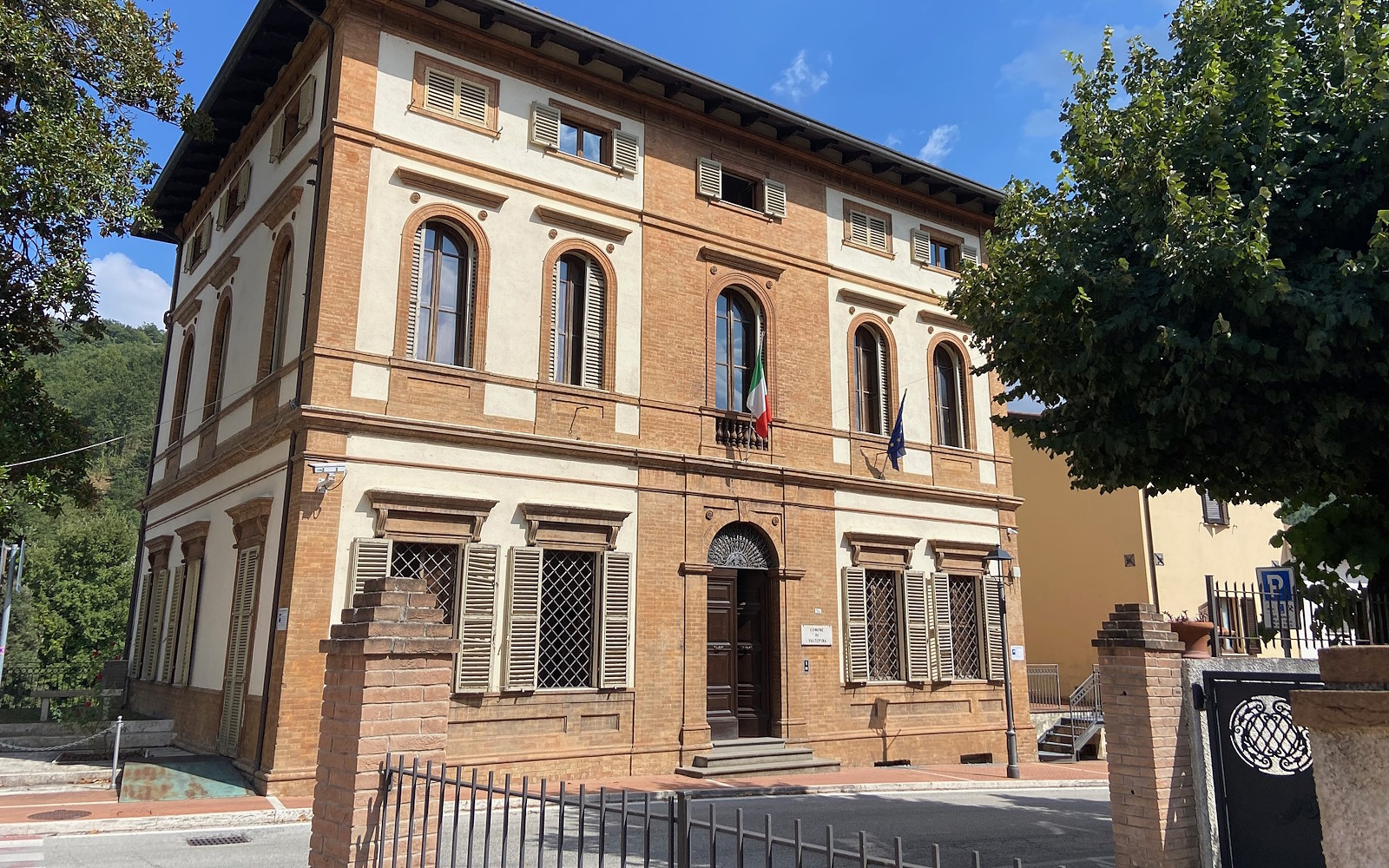
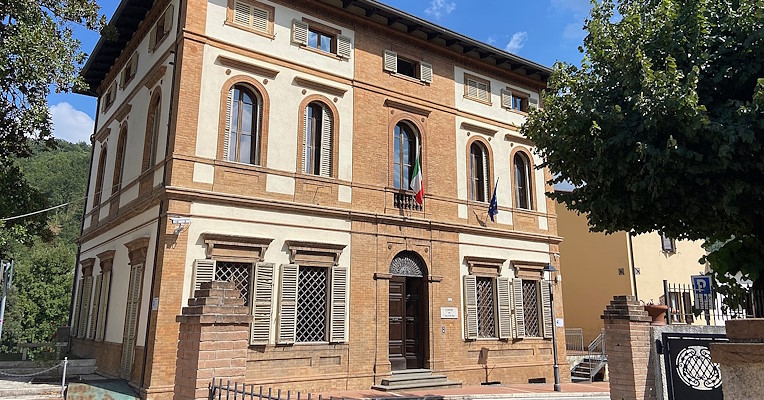
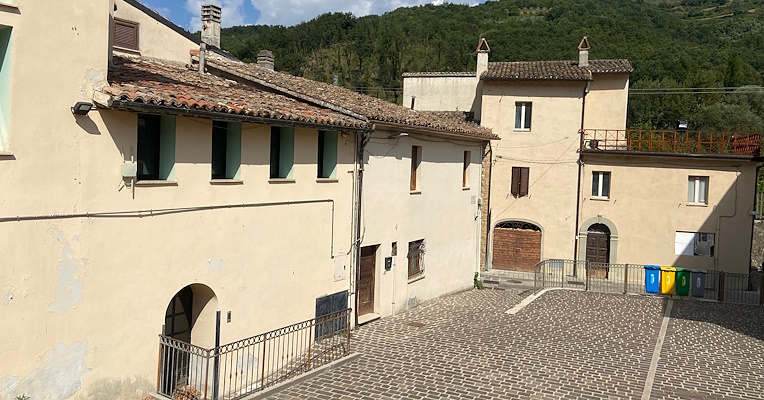
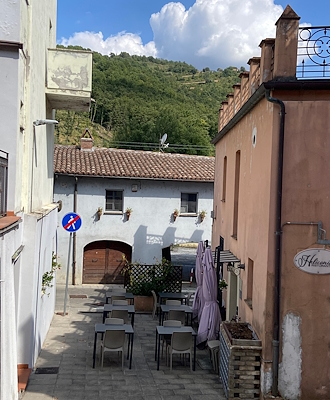
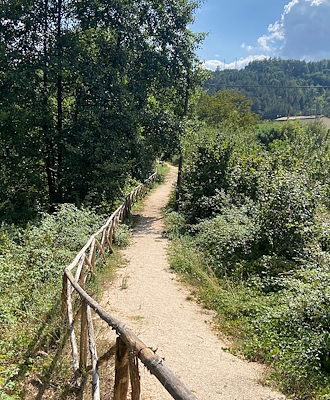



.png/1466f1b0-6b0b-66c3-d028-c44e27836a4a?width=780)


